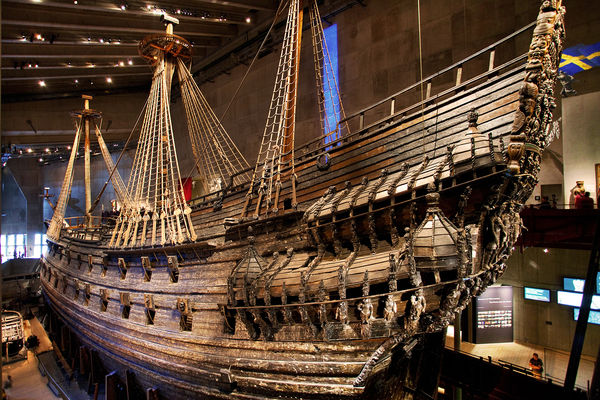Everyone has a "bucket list", don't they?
I do.
People are surprised when I can actually unpin my physical, hand-written bucket list from the notice board in my office and produce it. It's extensive. It's ambitious. Every year I tick a few things off... and add a couple more! Therefore I'm unlikely to ever get to the end of my bucket list!
But I'm having fun planning, trying and doing things on that list. :-)
In 2019, I promised myself this was the year to tick of "see the northern lights". At the end of 2019, as I reviewed the year, I realized this goal remained unattained. So, I booked a trip to Sweden for March 2020.
Some background:
What are the northern lights?

According to Wikipedia...

I do.
People are surprised when I can actually unpin my physical, hand-written bucket list from the notice board in my office and produce it. It's extensive. It's ambitious. Every year I tick a few things off... and add a couple more! Therefore I'm unlikely to ever get to the end of my bucket list!
But I'm having fun planning, trying and doing things on that list. :-)
In 2019, I promised myself this was the year to tick of "see the northern lights". At the end of 2019, as I reviewed the year, I realized this goal remained unattained. So, I booked a trip to Sweden for March 2020.
Some background:
What are the northern lights?

According to Wikipedia...
An aurora (plural: auroras or aurorae),[a] sometimes referred to as polar lights, northern lights (aurora borealis), is a natural light display in the Earth's sky, predominantly seen in the high-latitude regions (around the Arctic and Antarctic).
Auroras are the result of disturbances in the magnetosphere caused by solar wind. These disturbances are sometimes strong enough to alter the trajectories of charged particles in both solar wind and magnetospheric plasma. These particles, mainly electrons and protons, precipitate into the upper atmosphere (thermosphere/exosphere).
The resulting ionization and excitation of atmospheric constituents emit light of varying color and complexity. The form of the aurora, occurring within bands around both polar regions, is also dependent on the amount of acceleration imparted to the precipitating particles. Precipitating protons generally produce optical emissions as incident hydrogen atoms after gaining electrons from the atmosphere. Proton auroras are usually observed at lower latitudes.[2]
Why March?
I heard that around the time of the spring and fall equinox, when days and nights are equal, there is a better chance for cracks in the earth's magnetic field to let in more solar flares and better aurora sightings.
Sounds a bit crazy and sci-fi right?
Nope, NASA evidence shows these geothermal disturbances occur twice as much at equinox than at solstice. For me, that meant getting my butt to the artic circle in March 2020.
Check it out:
https://www.worldsciencefestival.com/2014/03/spring_equinox_brings_equal_nights_and_northern_lights/
Why Sweden?
If you don't have pics, it didn't happen. Am I right?
Essentially I decided that if I was going to go all this way by myself and freeze my buns off, I was going to need the best possible evidence of the event too.
I found a company that offered photographer guided,northern lights trips. Lessons and equipment included. They can arrange everything from airport pickup (an hour away from Abisko National Park), all food, accommodation and... day trips to visit the Sami people, Norwegian fjords, museums, ice hotel, dog sledding and more.
My trip (fingers crossed) will look something like this:
Day 1: Arrival from Stockholm, lunch, dog sledding, dinner, photography of northern lights
Day 2: Breakfast, Norwegian fjord viewing, lunch, war museum, dinner, photography of northern lights
Day 3: Breakfast, a day with the Sami people and their reindeer (incl lunch), dinner, photography of the northern lights.
Day 4: Breakfast then back to the airport... flight to Stockholm.
Each side of this, I will be staying a night in Stockholm (much further south) and have a burning desire to see the Vasa Museum while there!
The Vasa maritime museum is the only place you'll ever see an almost fully intact 17th Century ship that has been salvaged. It's a warship that sunk on her maiden voyage in 1628.

Anyhow, that's the plan. I leave Saturday and I'll shove ALL of this sightseeing, travel and adventure into just 6 days.
Will I blog along the way? I hope so, but I also know that time is short in Abisko and internet is only kinda available. I might go dark for 3-4 days!
No comments:
Post a Comment